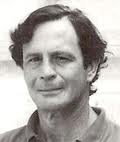 “When you examine most recent novels or screenplays, you can’t help but notice that there’s a very strong goal-motivation-conflict structure. I watched UP with my kids recently (in 3D!) and every single character, even the giant, voiceless bird, had a very clear goal and motivation that conflicted with the other characters’ goals and motivations in really obvious ways. It was actually kind of irritating, because the conflicts just deteriorated into logistics by the climax (one too many people dangling over precipices for me). The movie seemed enslaved by its structure.” — Rhian Ellis, in 2009.
“When you examine most recent novels or screenplays, you can’t help but notice that there’s a very strong goal-motivation-conflict structure. I watched UP with my kids recently (in 3D!) and every single character, even the giant, voiceless bird, had a very clear goal and motivation that conflicted with the other characters’ goals and motivations in really obvious ways. It was actually kind of irritating, because the conflicts just deteriorated into logistics by the climax (one too many people dangling over precipices for me). The movie seemed enslaved by its structure.” — Rhian Ellis, in 2009.
“I find myself thinking of this as a ‘masculine’ storyline, though I’m not particularly eager to defend that characterization; I will say, though, that the primary way girls get to be the heroes of contemporary children’s movies is by proving that they can do the same stupid shit boys can. Miyazaki, on the other hand, makes movies about intense, often directionless exploration. He is contemplative, and his films often remain movingly unresolved. Pixar movies look great, but the visuals are illustrative. In Miyazaki, the images are the movie. They make the story. I can’t, for the life of me, remember the plot of Howl’s Moving Castle–but I will never, never forget the sight of it. Is this perhaps a feminine ideal–that it is sometimes enough simply to be? In any event, it is a worthwhile ideal, gendered or not.” — J. Robert Lennon, follow-up post, 2011.
“We went through a lot of different options that way. But  people just coming out of the theater on screening it here for ourselves, felt like, ‘Whoa, were you leaving it open for a sequel, that Muntz is going to come back and get the bird?’ No, we wanted the sense of closure that when the bird goes off with the babies, we know everything’s going to be fine and there’s no danger.” — Pete Docter, director of UP, 2009.
people just coming out of the theater on screening it here for ourselves, felt like, ‘Whoa, were you leaving it open for a sequel, that Muntz is going to come back and get the bird?’ No, we wanted the sense of closure that when the bird goes off with the babies, we know everything’s going to be fine and there’s no danger.” — Pete Docter, director of UP, 2009.
“. . . I did go to New York to meet this man, this Harvey Weinstein, and I was bombarded with this aggressive attack, all these demands for cuts. I defeated him.” – Hayao Miyazaki, 2005.

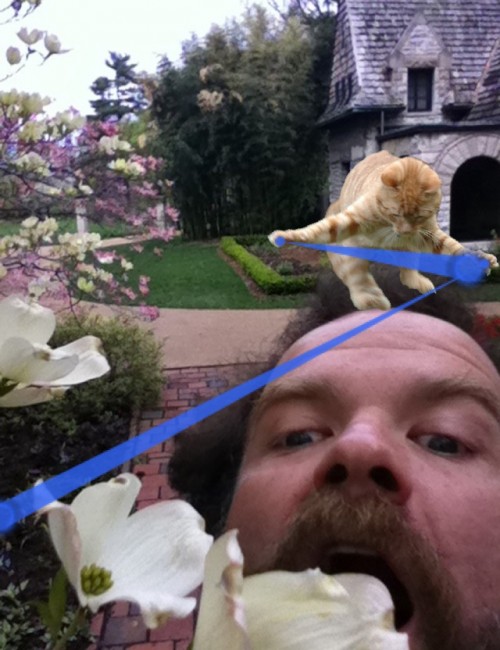
 “When you examine most recent novels or screenplays, you can’t help but notice that there’s a very strong goal-motivation-conflict structure. I watched UP with my kids recently (in 3D!) and every single character, even the giant, voiceless bird, had a very clear goal and motivation that conflicted with the other characters’ goals and motivations in really obvious ways. It was actually kind of irritating, because the conflicts just deteriorated into logistics by the climax (one too many people dangling over precipices for me). The movie seemed enslaved by its structure.” —
“When you examine most recent novels or screenplays, you can’t help but notice that there’s a very strong goal-motivation-conflict structure. I watched UP with my kids recently (in 3D!) and every single character, even the giant, voiceless bird, had a very clear goal and motivation that conflicted with the other characters’ goals and motivations in really obvious ways. It was actually kind of irritating, because the conflicts just deteriorated into logistics by the climax (one too many people dangling over precipices for me). The movie seemed enslaved by its structure.” —  people just coming out of the theater on screening it here for ourselves, felt like, ‘Whoa, were you leaving it open for a sequel, that Muntz is going to come back and get the bird?’ No, we wanted the sense of closure that when the bird goes off with the babies, we know everything’s going to be fine and there’s no danger.” —
people just coming out of the theater on screening it here for ourselves, felt like, ‘Whoa, were you leaving it open for a sequel, that Muntz is going to come back and get the bird?’ No, we wanted the sense of closure that when the bird goes off with the babies, we know everything’s going to be fine and there’s no danger.” — 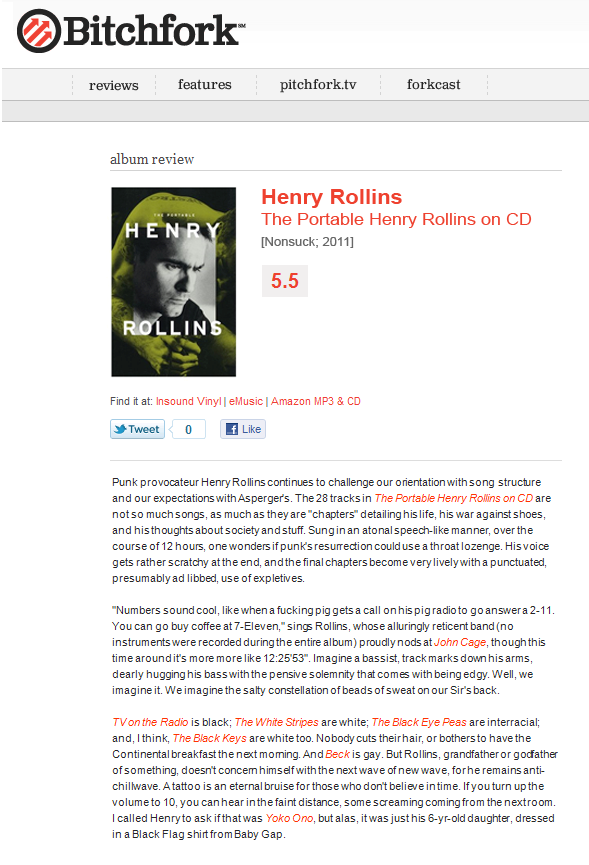

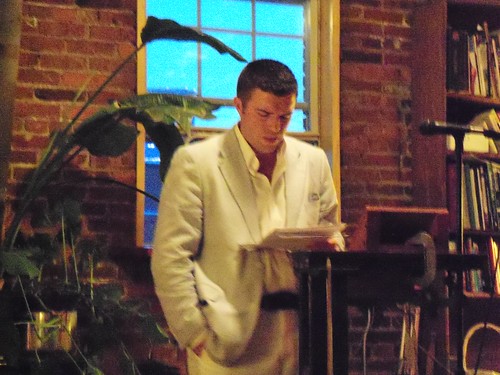
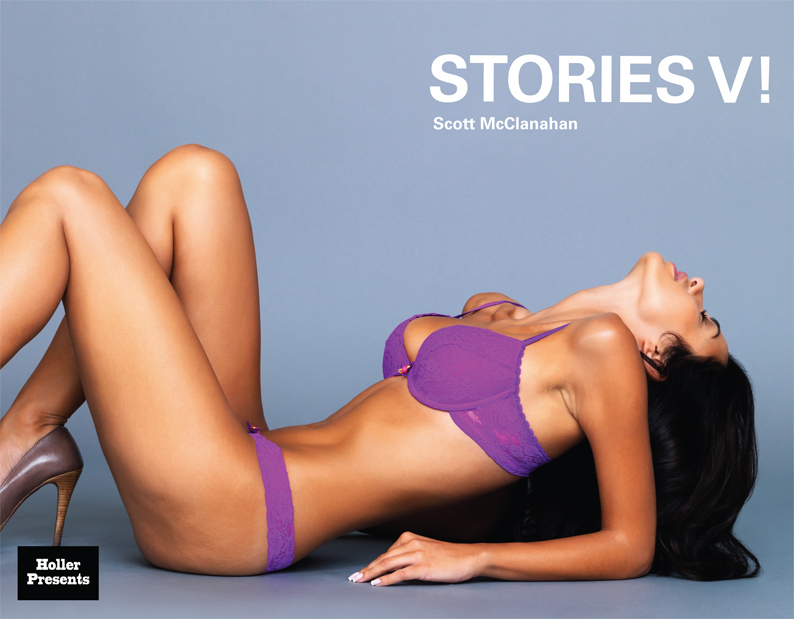 the videos you direct, such as (my favorite)
the videos you direct, such as (my favorite) 